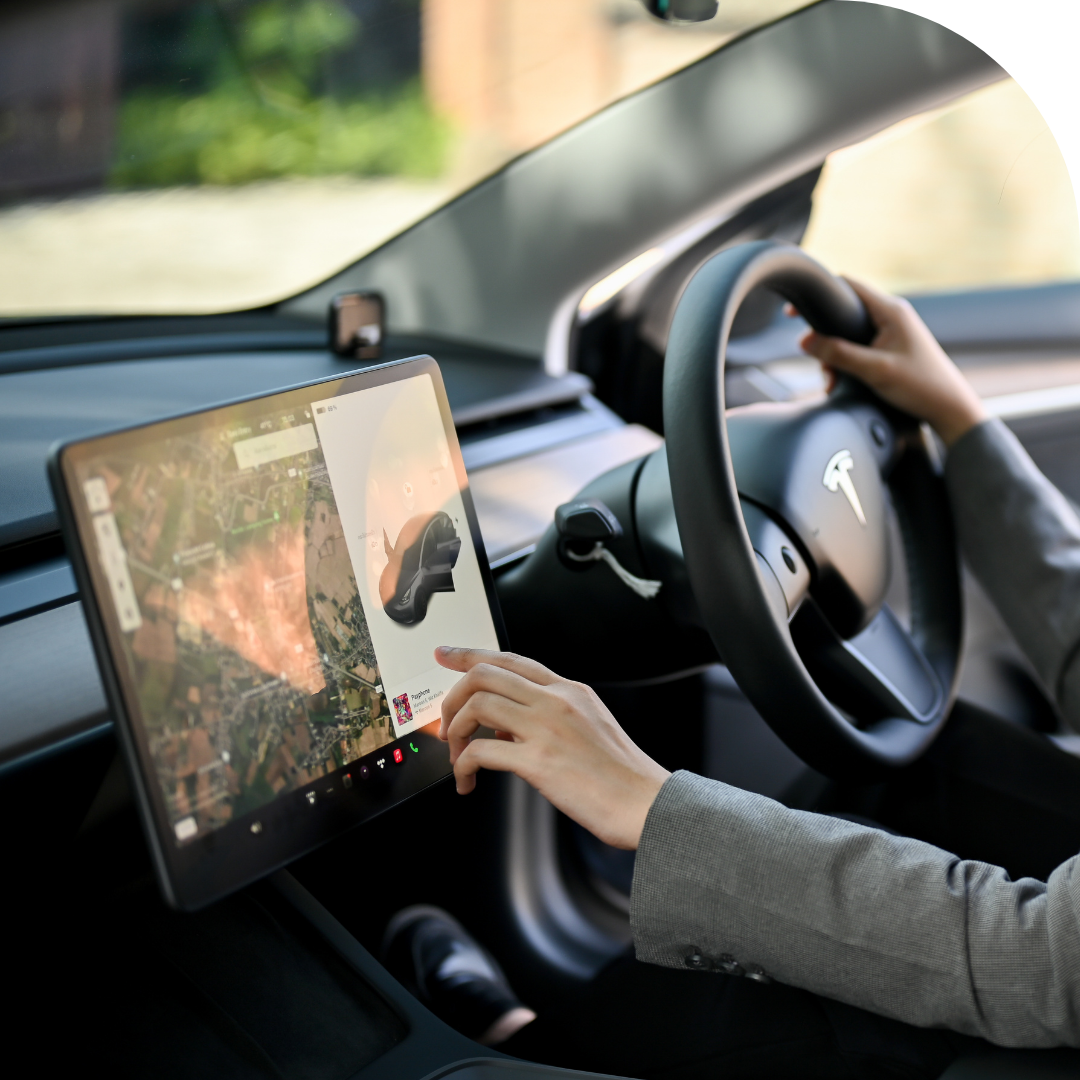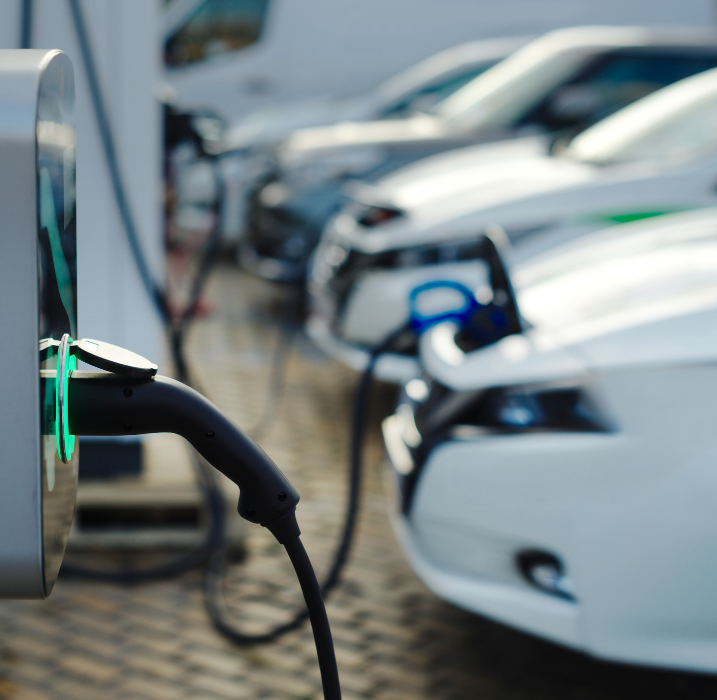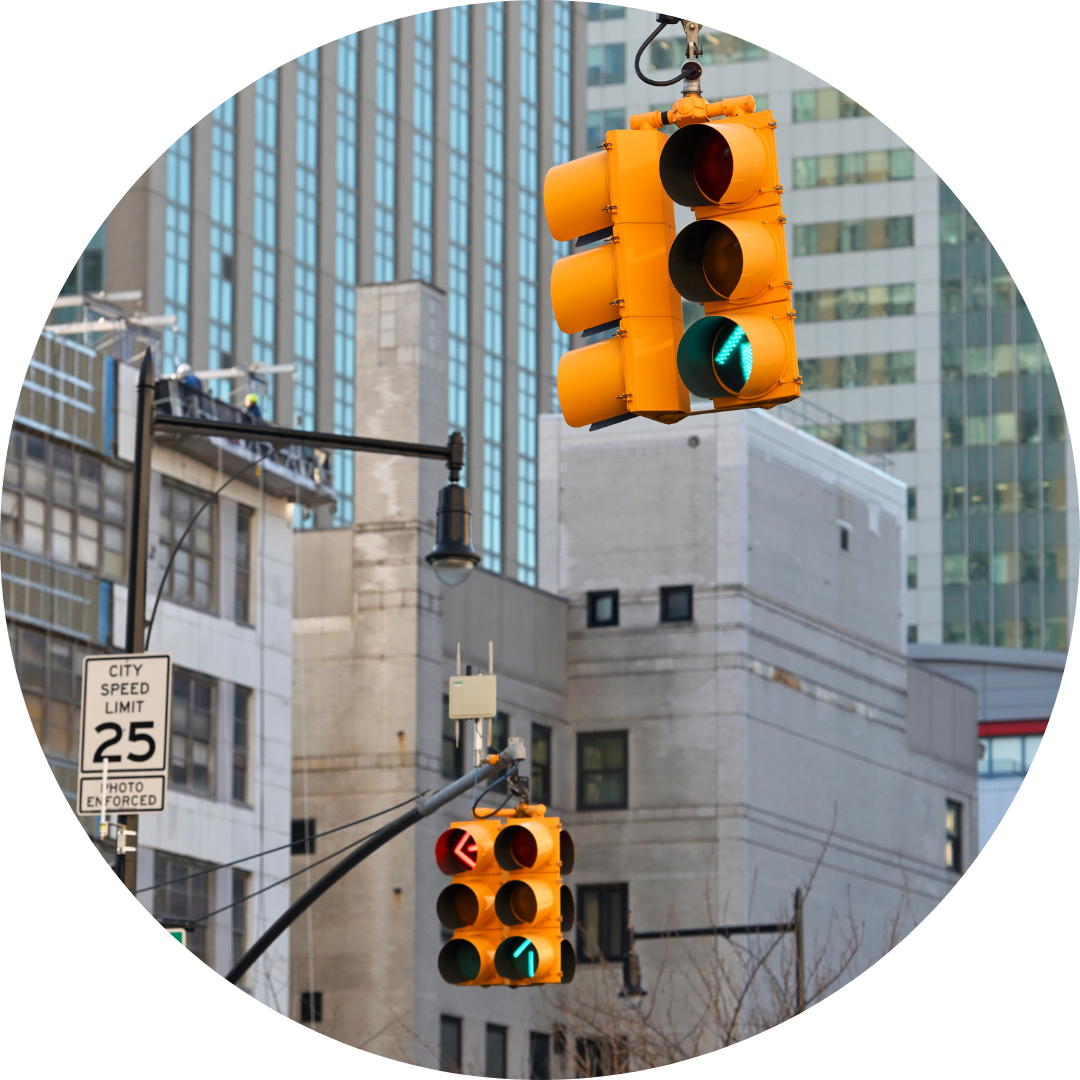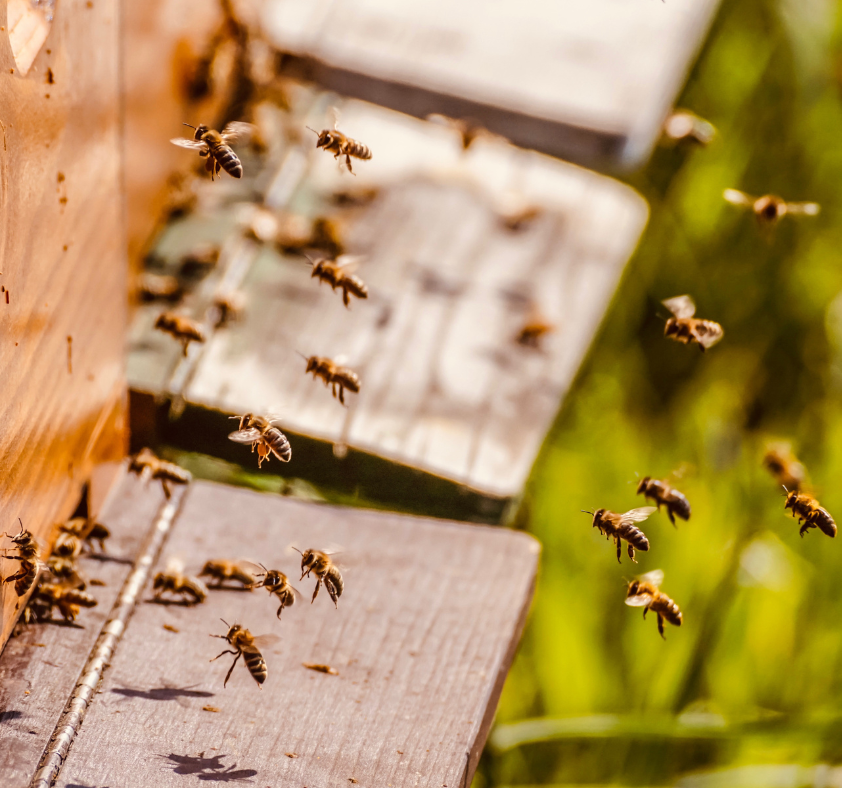2 OCTOBER 2025
What if solving one of our everyday frustrations – getting stuck at stoplights – could also make a massive dent in climate change? A groundbreaking new study says it can.
By simulating over a million traffic scenarios across major U.S. cities, researchers discovered that a deceptively simple tweak to how we drive – called eco-driving – could slash carbon emissions from stop-and-go traffic by 11 to 22 percent. That’s the equivalent of wiping out the annual emissions of an entire country the size of Israel or Nigeria.
And here’s the joy of it: this fix doesn’t need futuristic infrastructure or decades of policy wrangling. All it takes is smarter driving – possibly guided by your smartphone.
Transportation is already one of the largest sources of carbon emissions, but many people don’t realise that idling and accelerating at intersections alone account for up to 15% of land transportation emissions in the U.S. That’s about half the carbon footprint of the entire U.S. airline sector.
The usual fixes – speed bumps, more signals, better roads – focus on infrastructure. Eco-driving flips the script. Instead of changing the roads, it suggests making changes at the level of individual vehicles with modifications such as apps or vehicle dashboard displays to guide speeds, eventually programming semi- or fully autonomous vehicles to automatically speed up or slow down by using algorithms to guide vehicles to adjust their speed approaching intersections – avoiding the constant stop, idle, and surge that wastes fuel and spews emissions.
- Apps or dashboard prompts could gently nudge drivers to slow down earlier.
- Autonomous vehicles could adjust speeds automatically.
- Cities could dynamically update posted speed limits to smooth out flow.

“It’s a reminder that small changes to individual driving behaviours, when scaled up, can make a meaningful difference,” says Vindula Jayawardana, a researcher at Toyota Research Institute and one of the study’s lead authors who conducted research while a graduate student in the lab of Cathy Wu at MIT.
AI-Powered eco-driving breakthrough isn’t a new idea – researchers have been intrigued by it for decades. But until now, the sheer complexity of modelling traffic systems made it impossible to understand its true impact.
Using deep reinforcement learning and digital replicas of over 6,000 intersections in San Francisco, Atlanta, and Los Angeles, the team ran over one million traffic simulations to calculate realistic emissions savings. the study found big payoffs, even at small scales.

- City-wide adoption could cut intersection emissions by up to 22% without slowing traffic or reducing safety.
- Partial adoption works too: just 10% of vehicles practicing eco-driving could deliver up to half of the potential benefits by acting as “pace cars,” smoothing traffic for everyone else.
- Gradual rollout is possible: adjusting speed limits at just 20% of intersections could capture 70% of the emissions cuts.
This matters because eco-driving is scalable, affordable, and compatible with other green technologies like EVs and hybrids. It’s also highly adaptable:
- Apps can guide human drivers.
- Autonomous vehicle systems can integrate eco-driving protocols.
- Cities can update traffic systems incrementally, starting with high-impact intersections.
“While not entirely surprising, it’s encouraging to see that eco-driving complements electrification and hybrids-together, they could move us faster toward a decarbonized transportation system,” says Jayawardana.
The Road Ahead? For now, the big challenge isn’t the tech – it’s coordination. The effectiveness of eco-driving depends on adoption levels, meaning cities will need smart planning and policy support to unlock its full potential.
But the path forward is clear: with something as common as a smartphone—and without waiting for futuristic overhauls—eco-driving could help cut emissions faster, cheaper, and at a scale that rivals entire nations.
Recommended Reading:
Artificial Intelligence and Decarbonization
Source: Jayawardana V. et al. “Mitigating metropolitan carbon emissions with dynamic eco-driving at scale.” Transportation Research Part C: Emerging Technologies, 2025.
FACT SHEET
Getting stuck at traffic lights isn’t just frustrating. It’s a hidden climate problem. The stop-and-go rhythm of city driving wastes fuel and pumps out surprising amounts of carbon. But new research shows there’s a simple, scalable way to fix it.


How bees optimise routes
Bees may have tiny brains, but they’re natural problem-solvers. Faced with the challenge of visiting scattered food sources in the shortest possible route, they’ve evolved strategies that rival advanced mathematics.

